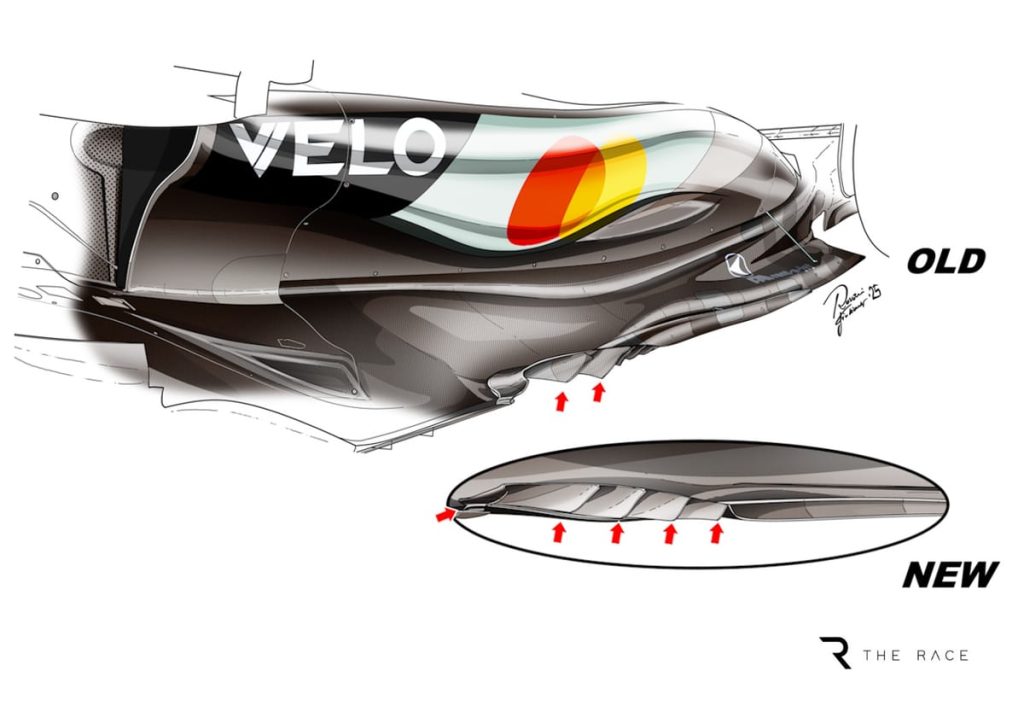Given the tight competition in Formula 1, it seems logical that teams would rush to implement upgrades as soon as they are ready. Even minor improvements, like a new front wing or floor modification, could make a significant difference in lap times and grid positions.
However, McLaren, the current championship leader, has adopted a more strategic method when it comes to enhancing its car this year. While upgrades are still being introduced, they often test new parts on Fridays and then set them aside for subsequent races, rather than racing them immediately.
This approach was evident during the British Grand Prix, where a new floor design with enhanced airflow management was evaluated during practice. Yet, team principal Andrea Stella confirmed that the team always planned to use this as a test component, particularly because the next race format made it difficult to assess new specifications effectively.
This method of cautious testing has been a consistent strategy for McLaren. For instance, in Austria, the team competed using a front wing they had originally tested in Canada. Similarly, at the Spanish Grand Prix, a reinforced front wing was briefly trialed in practice at Imola before the race.
Assessing the Benefits
This deliberate approach might suggest that the upgrades are not meeting expectations. However, the realities of car development are more complex, as teams face limitations in significantly improving performance through minor adjustments. The intricacies of car dynamics mean that quantitative measurements of small upgrades are often challenging to discern.
McLaren’s technical director, Neil Houldey, noted that gauging whether an upgrade is effective can require extensive analysis at the factory. Assessing the effects of components often relies not just on lap times, but also on data regarding the pressure and loads experienced by the car, aligning them with results from wind tunnel tests.
Exploring New Possibilities
This measured upgrade strategy has resulted in some meaningful changes, including revised front suspension geometry that Lando Norris has utilized since the Canadian GP. While this adjustment enhances driver feedback rather than outright performance, it constitutes an essential step in McLaren’s development process.
Currently, McLaren is enjoying a competitive advantage that permits this cautious strategy. They are not under pressure from rivals or facing imminent threats to their championship position, which positions them uniquely during this phase of development. The team is focusing on tuning its MCL39 for each event, exploring varying setups based on the specific circuit, and maintaining a well-rounded performance toolbox as they move forward.



